Choosing Your Tires
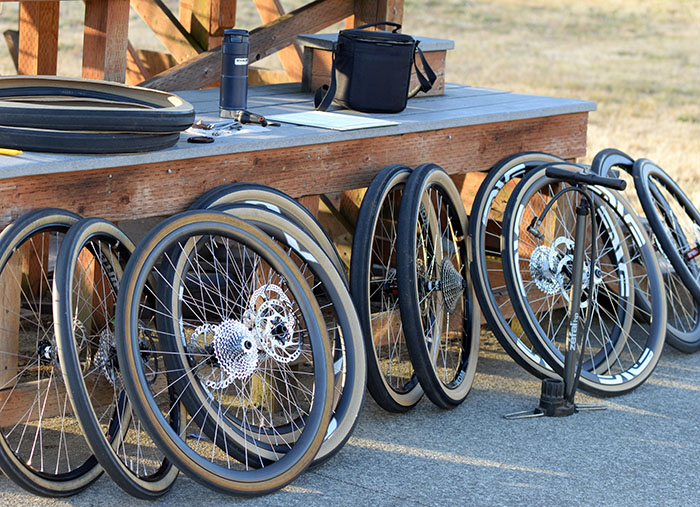
We’ve experienced a profound revolution in road bikes in recent years: It used to be that to go fast, you rode narrow tires and pumped them up to the maximum pressure. If you wanted more comfort, you used wider tires and (maybe) lower pressures, but you knew that you’d be slower.
Now we know that comfort and speed aren’t opposed, but inextricably linked: A bike that absorbs shocks better rolls faster. Narrow tires don’t have any speed advantage, and inflating your tires to the maximum often makes your bike slower.
But what does this means in practical terms, when it comes to choosing new tires for your bike? Do you need to get a new bike with clearances for ultra-wide tires? Or is there a way to benefit from the “tire revolution” on your existing bike?
The simple guidelines below are based on more than a decade of research into the performance of tires, and they’ve proven themselves on the road time and again.

Supple Casing
The most important part of the “tire revolution” is the supple casings. In the past, we thought that supple casings and wide tires didn’t go together well, because supple, wide tires have to be run at relatively low pressures. Now we know that lower pressures don’t make tires roll slower. And that makes a supple casing better in the two important areas of tire performance: A supple casing has less resistance as it flexes (hysteretic losses) and it transmits less vibrations from the road (suspension losses). It’s a win-win scenario.
Compared to the casing, all other factors – width, tread thickness, weight, etc. – are of minor importance. In Bicycle Quarterly‘s tire tests, the five fastest tires ranged in width from 24 to 36 mm, but they all had one thing in common: a supple casing. In practical terms, this means that a supple 25 mm-wide racing tire will be more comfortable and faster than a 42 mm touring tire with stiff sidewalls.
So don’t fret if your bike can only fit relatively narrow tires. Just get the best, most supple ones you can find, and enjoy most of the benefits of the “tire revolution”.
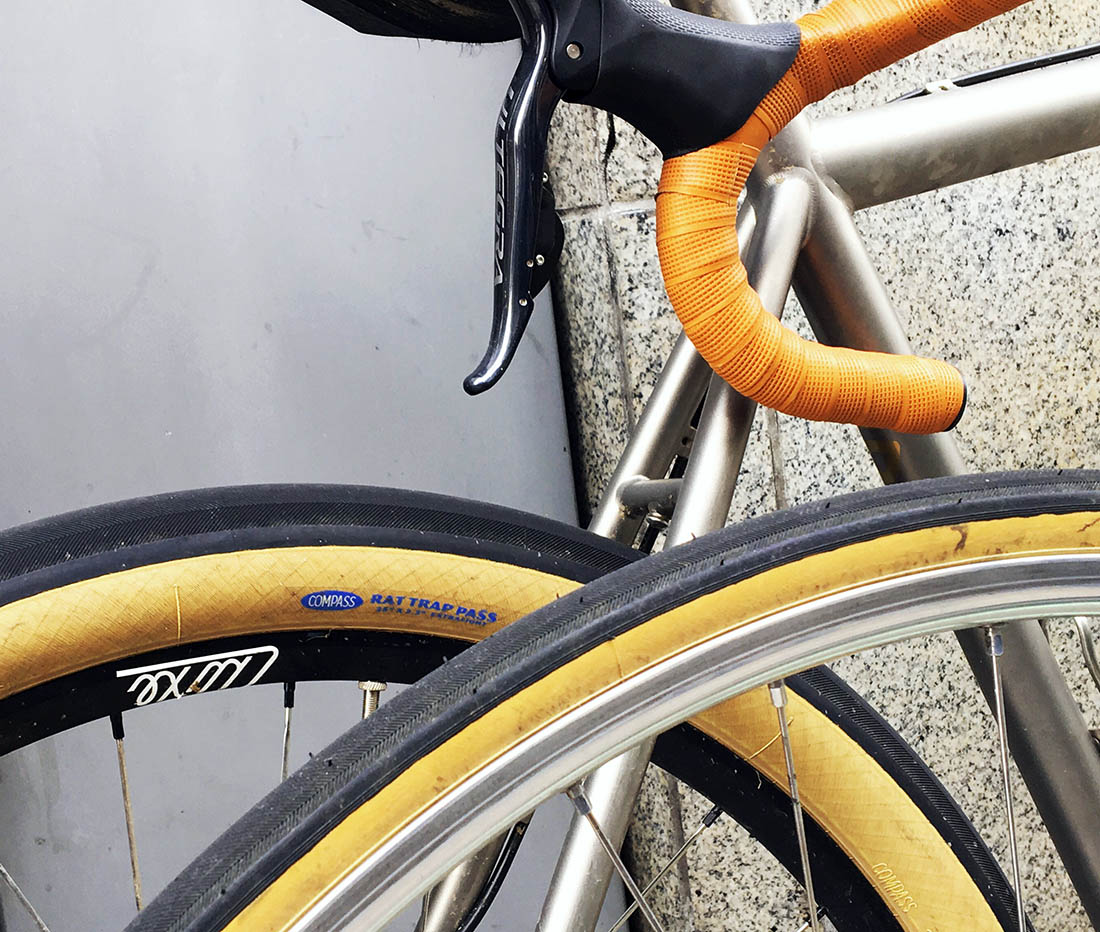
Width
When in doubt, use wider tires. At least up to 42 mm, wider simply is better. More grip, more comfort, same speed, fewer flats. What about the aerodynamics of wider tires? In our testing, both in the wind tunnel and on the test track, we found the effect too small to measure. And when you factor in the greater shock absorption (lower suspension losses) of the wider tires, it’s likely that any small increase in wind resistance is made up by the smoother rolling of the wider tires. On smooth roads, it comes out the same, on rough surfaces, wide tires are demonstrably faster.
Of course, you’ll have to work with the clearances of your bike. Don’t try to squeeze the largest possible tire in there with just a hair’s breadth of clearance. Your tire may “grow” with age or your wheel may go slightly out of true. I recommend a minimum of 3 mm clearance all around the tire. When in doubt which tire will fit, go with a slightly narrower one. If you find that you have more clearance than expected, get the bigger size the next time around.

Wheel Size
When you get a new bike, wheel size is an important consideration. Smaller and/or lighter wheels will be more nimble, larger and/or heavier wheels will be more stable. Ideally, your bike is both stable and nimble: It should stay faithfully on a chosen line, but it shouldn’t resist if you want to change its trajectory. How do you achieve that?
The forces of trail and wheel flop cancel each other, especially on a bike without a front load. That is why the wheel size plays such an important role – you can’t really compensate for a front wheel that is too large or too small.
The bike industry is only slowly waking up to this. Too many gravel bikes still come with the same 700C wheels that you find on racing bikes with much narrower tires. Smaller 650B wheels are a better choice for wide tires – from 40 to 50 mm – and for even wider tires, I prefer 26″ wheels. That way, you can enjoy the nimble feel of a good road bike and the surefootedness of wide tires…
If you use ultralight carbon rims and superlight tires (like our Compass Extralights), you can go up one wheel size. The larger diameter compensates the light weight to keep the rotational inertia in the “optimum” range.
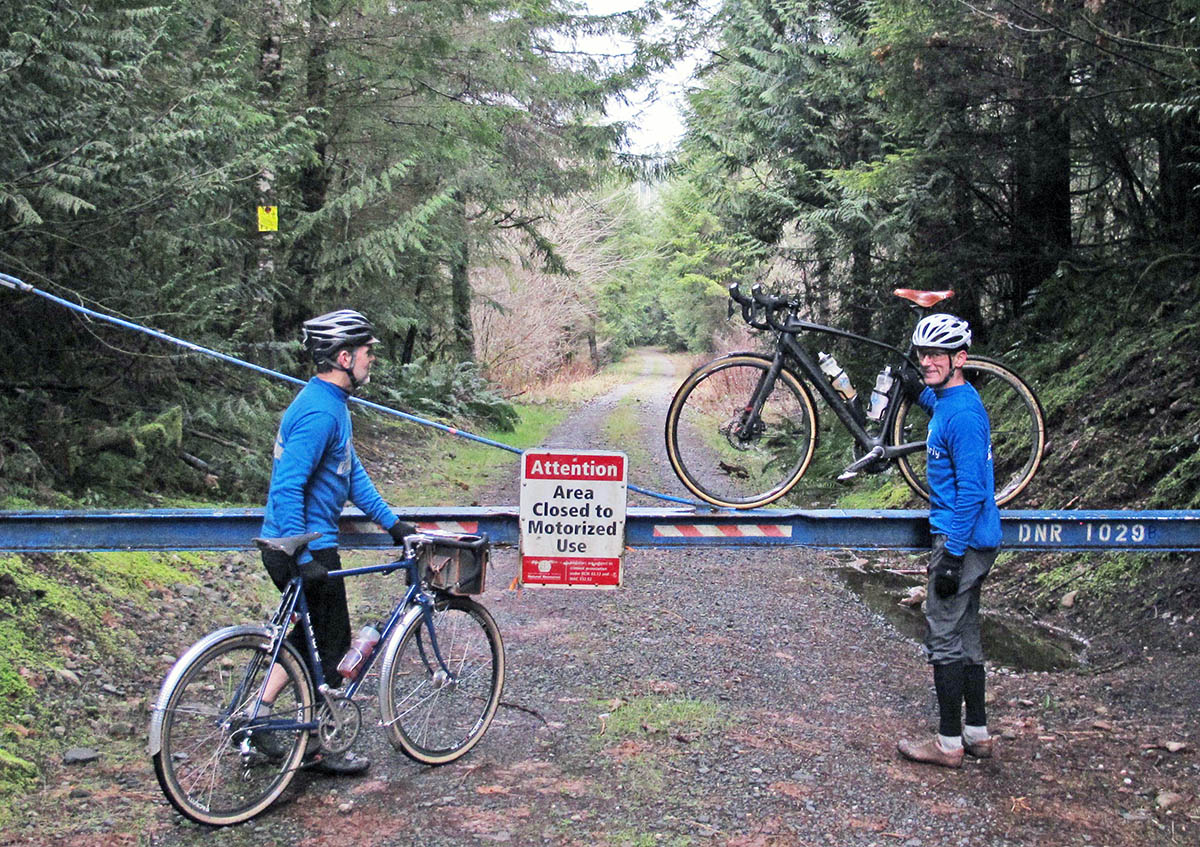
My “dream bikes” are equipped with either 650B x 42 mm tires (left) or 26″ x 54 mm, depending on whether they will see mostly paved or mostly gravel roads. But in practical terms, I am perfectly happy on a bike with 700C x 32 mm tires (right), provided the tires are supple performance models and not sluggish “touring” tires.
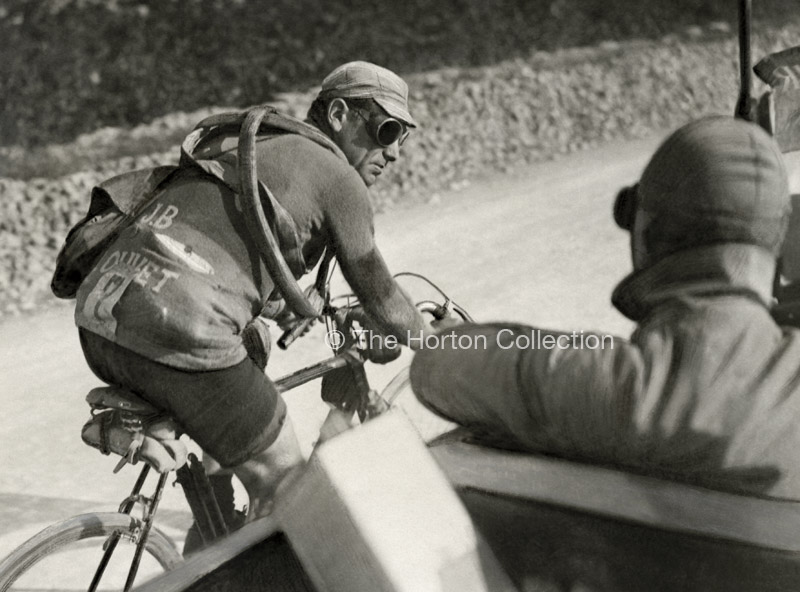
The importance of supple casings isn’t a new discovery. For almost a century, professional racers have ridden supple, handmade tires, no matter whether the fashion was for 30, 20 or now 25 mm-wide tires. In fact, tires are the only thing that hasn’t changed significantly on pro racing bikes during the last 70 years. You could put Fausto Coppi’s tires on Christopher Froome’s bike, and he’d never know the difference.
Outside the pro peloton, the importance of supple tires was largely forgotten as riders became more concerned about flat resistance than the joy of gliding along on a cushion of air. Only recently, supple clinchers have become available that offer the feel and performance of great racing tubulars, but in much wider widths.
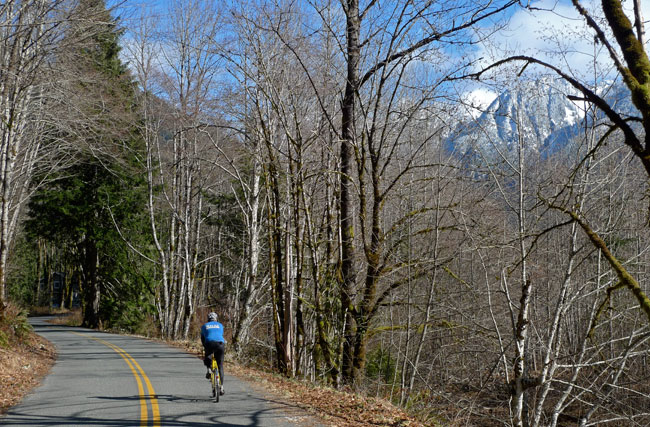
Speaking of flats, that is the one drawback of staying with narrow tires. Since they run at higher pressures, they are more likely to puncture. And yet, in my experience, the fear of flats is often overstated. On the beautiful backroads that offer the best cycling experience, flats are relatively rare.
Debris accumulates where cars don’t go, hence you get so many flats when riding on the shoulders of busy highways. On backroads, you ride in the traffic lane (but with little traffic, you don’t bother anybody), so there isn’t much debris that could puncture your tires.
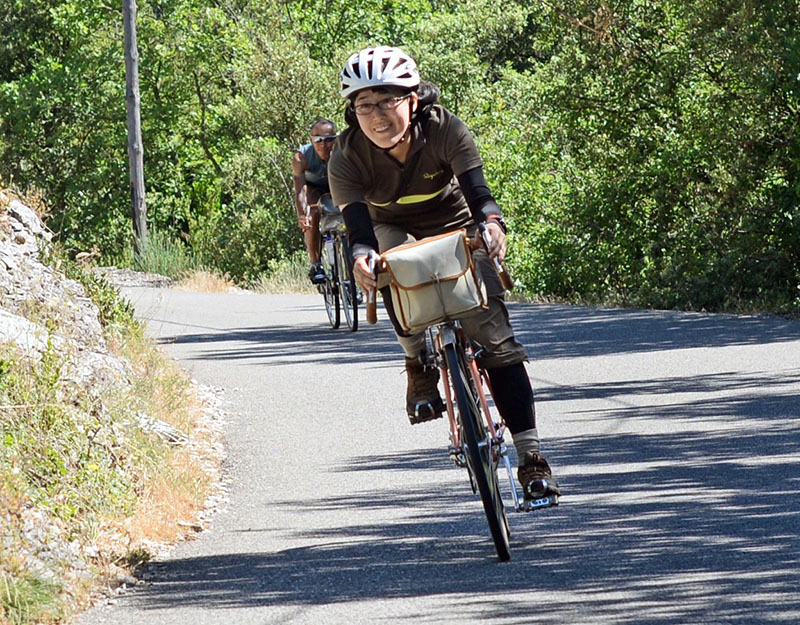
To summarize, you don’t need a new bike to enjoy the “tire revolution”. For your existing bike, choose tires with supple casings, and use the widest model your bike can fit with safe clearances. And when it’s time to get a new bike, consider getting a bike designed for wider tires and perhaps smaller wheels to get the performance of wide tires with the nimble handling that makes a good racing bike so much fun. It’s that simple!
More information:
- Blog post on determining how wide a tire your bike can fit.
- Information about Compass tires.
Photo credit: Goggles & Dust / Brett Horton Collection (classic racers).


